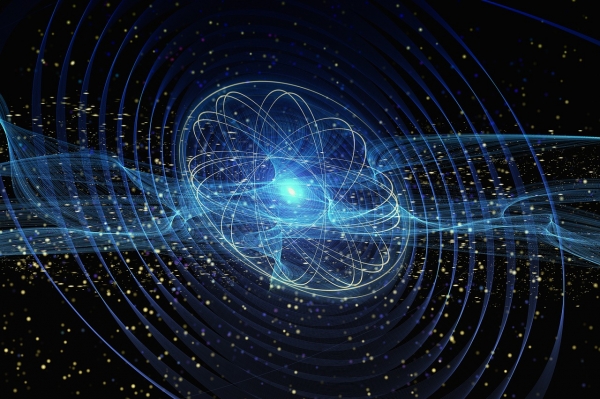One of the most fundamental interactions in physics is that of electrons and light.
One of the most fundamental interactions in physics is that of electrons and light. In an experiment at Goethe University Frankfurt, scientists have now managed to observe what is known as the Kapitza-Dirac effect for the first time in full temporal resolution. This effect was first postulated over 90 years ago, but only now are its finest details coming to light.
It was one of the biggest surprises in the history of science: In the early days of quantum physics around 100 years ago, scholars discovered that the particles which make up our matter always behave like waves. Just as light can scatter at a double slit and produce scattering patterns, electrons can also display interference effects. In 1933, the two theorists Piotr Kapitza and Paul Dirac proved that an electron beam is even diffracted from a standing light wave (due to the particles' properties) and that interference effects as a result of the wave properties are to be expected.
A German-Chinese team led by Professor Reinhard Dörner from Goethe University Frankfurt has succeeded in using this Kapitza-Dirac effect to visualize even the temporal evolution of the electron waves, known as the electrons' quantum mechanical phase. The researchers have now presented their results in the journal Science.
“It was a former doctoral researcher at our institute, Alexander Hartung, who originally constructed the experimental apparatus," says Dörner. “After he left, Kang Lin, an Alexander von Humboldt fellow who worked in the Frankfurt team for 4 years, was able to use it to measure the time-dependent Kapitza-Dirac effect." To do so, it was necessary to further develop the theoretical description, too, as Kapitza and Dirac did not take the temporal evolution of the electron phase specifically into consideration at that time.
Read more at Goethe University Frankfurt
Photo Credit: geralt via Pixabay




